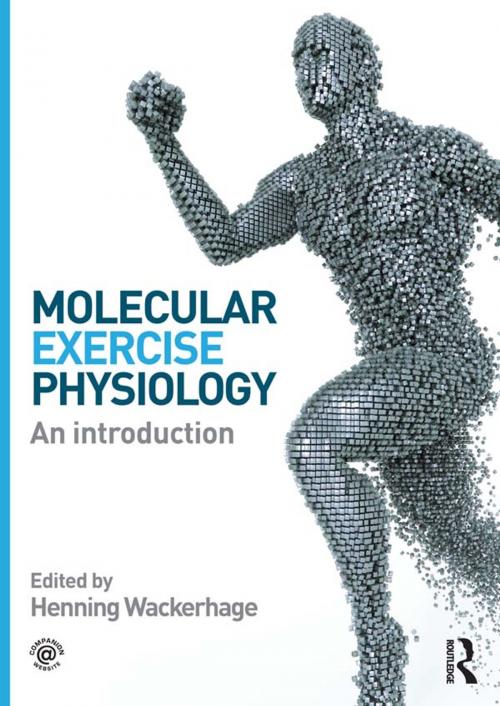Molecular Exercise Physiology
An Introduction
Nonfiction, Health & Well Being, Medical, Medical Science, Biochemistry, Specialties, Sports Medicine, Physiology| Author: | ISBN: | 9781136477027 | |
| Publisher: | Taylor and Francis | Publication: | February 24, 2014 |
| Imprint: | Routledge | Language: | English |
| Author: | |
| ISBN: | 9781136477027 |
| Publisher: | Taylor and Francis |
| Publication: | February 24, 2014 |
| Imprint: | Routledge |
| Language: | English |
Molecular Exercise Physiology: An Introduction is the first student-friendly textbook to be published on this key topic in contemporary sport and exercise science. It introduces sport and exercise genetics and the molecular mechanisms by which exercise causes adaptation. The text is linked to real life sport and exercise science situations such as ‘what makes people good at distance running?’, ‘what DNA sequence variations code for a high muscle mass?’ or ‘by what mechanisms does exercise improve type2 diabetes?’
The book includes a full range of useful features, such as summaries, definitions of key terms, guides to further reading, review questions, personal comments by molecular exercise pioneers (Booth, Bouchard) and leading research in the field, as well as descriptions of research methods. A companion website offers interactive and downloadable resources for both student and lecturers.
Structured around central themes in sport and exercise science, such as nutrition, endurance training, resistance training, exercise & chronic disease and ageing, this book is the perfect foundation around which to build a complete upper-level undergraduate or postgraduate course on molecular exercise physiology.
Molecular Exercise Physiology: An Introduction is the first student-friendly textbook to be published on this key topic in contemporary sport and exercise science. It introduces sport and exercise genetics and the molecular mechanisms by which exercise causes adaptation. The text is linked to real life sport and exercise science situations such as ‘what makes people good at distance running?’, ‘what DNA sequence variations code for a high muscle mass?’ or ‘by what mechanisms does exercise improve type2 diabetes?’
The book includes a full range of useful features, such as summaries, definitions of key terms, guides to further reading, review questions, personal comments by molecular exercise pioneers (Booth, Bouchard) and leading research in the field, as well as descriptions of research methods. A companion website offers interactive and downloadable resources for both student and lecturers.
Structured around central themes in sport and exercise science, such as nutrition, endurance training, resistance training, exercise & chronic disease and ageing, this book is the perfect foundation around which to build a complete upper-level undergraduate or postgraduate course on molecular exercise physiology.















